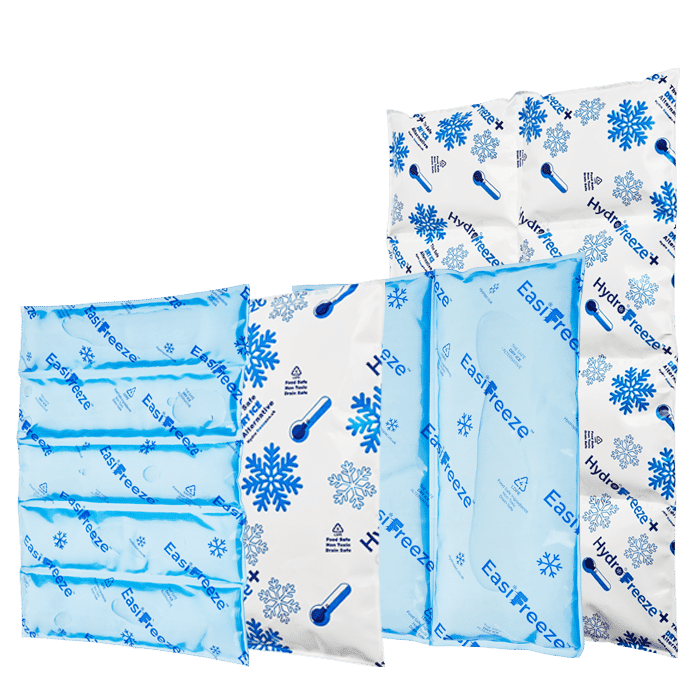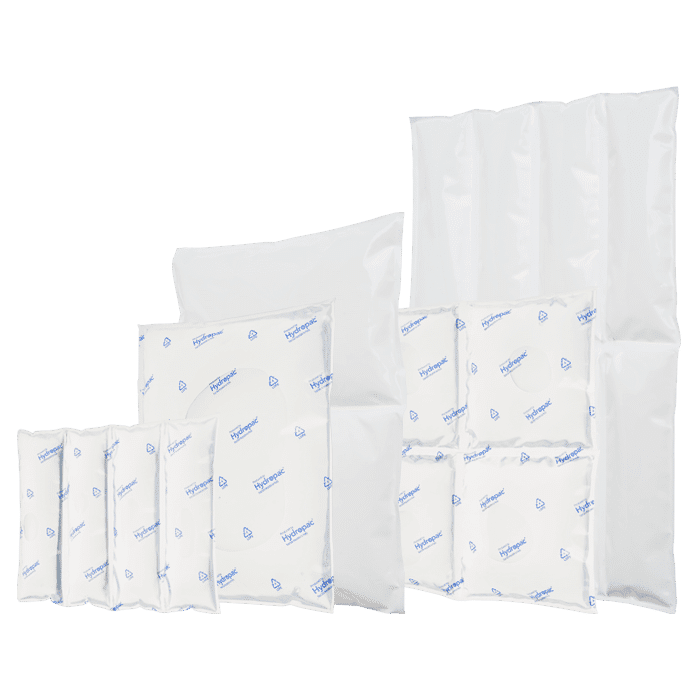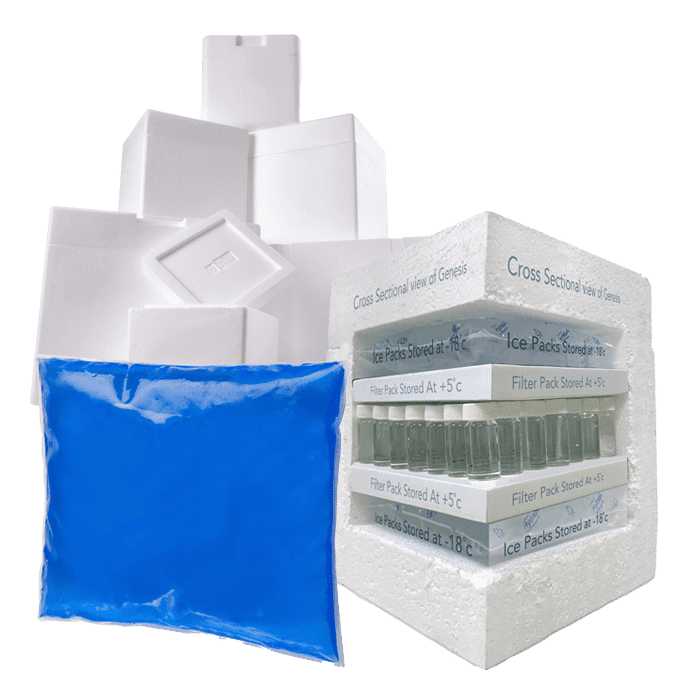Overcoming Challenges in Cold Chain Logistics
In the intricate tapestry of global commerce, where time zones dissolve and borders blur, the role of cold chain logistics encompasses product quality and integrity. The global cold chain packaging market is projected to grow from $22.97 billion in 2022 to $47.46 billion by 2029. From life-saving pharmaceuticals to delectable delicacies, the cold chain orchestrates a symphony of temperature-controlled precision. However, to achieve preservation many challenges are faced and at the heart of overcoming these obstacles lies a critical factor – packaging.
Understanding Cold Chain Logistics: Beyond Borders, Beyond Boundaries
Cold chain logistics, an intricate ensemble of processes and technologies, is the driving force behind ensuring that products requiring precise temperature control reach their destination unscathed. It’s the guardian of pharmaceuticals that heal, of food that nourishes, and of biotechnology that propels innovation. It is, in essence, a balance of preservation that transcends industries and safeguards the essence of perishable products.
Within this orchestration, temperature integrity reigns supreme. The ripple effect of temperature deviations can be catastrophic, rendering products ineffective or even harmful. From vaccines to gourmet delicacies, the cold chain’s significance is underscored by its power to maintain the desired temperature range during every phase – from storage to transportation.
Custom chilled solutions for you
Hydropac offers every customer a customized solution for chilled and conditioned shipping. For example, we help a customer with limited freezing capacity to deliver gel packs frozen and ready to use, and we can manufacture almost all shapes and sizes of cooling elements. As a customer, you come first: we are here to help you.
Common Challenges in Cold Chain Logistics
Common challenges in cold chain logistics encompass a range of obstacles that organisations often encounter when transporting temperature-sensitive products. These challenges can impact product quality, efficacy, and safety if not effectively addressed. Some of the common challenges in cold chain logistics include:
- Maintaining Consistent Temperatures – ensuring consistent temperature control throughout the supply chain. Temperature fluctuations, even minor ones, can lead to the degradation of product quality and
Sustainability Hydropac and CSR
Sustainability isn’t just a trend for us – it’s a promise. As we innovate, create, and lead, we keep our planet’s well-being at the forefront. With Hydropac, you’re not just preserving the quality of your cargo; you’re contributing to a healthier world.
Experience the power of sustainable temperature assurance with Hydropac – where excellence and environmental responsibility coexist for a brighter future.




